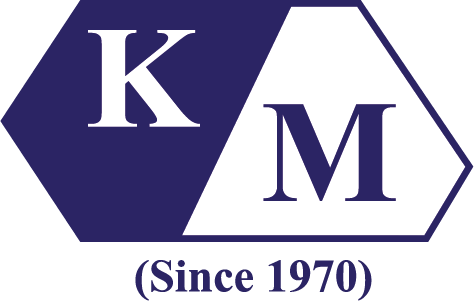Hard clay is relatively poorly crystallised, very fine grained kaolin which is about 1 miron median particle size by sedimentation and high surface area. It provides reinforcement in rubber, resulting in hard compounds.
Construction

Kaolin clay is chemically hydrated aluminium silicate and structurally unmodified. Water washed kaolin is made by slurrying the raw clay and then centrifuging or hydrocyloning it to remove impurities. Chemical bleaching is done to improve the brightness of the kaolin before it is then produced into the specific grades. Kaolin is platy in structure, hydrophilic and readily water dispersible.

It is derived from decomposed granite whereby it has a layer of oil which makes it smooth and silky. It acts as a lubricant for the rubber industry as well as the plastic industry during the extrusion process. In the cosmetic industry, its reflective and refractive properties make it an important ingredient. Its smooth and silky characteristics are also a plus point in the cosmetic industry.

It is chemically hydrated potassium alumina silicate whereby the platy structure is perfect for anti-blocking and anti-sticking agent. It is also used as a flux coating for welding rods and used for mold release. In the automotive plaint industry, it is used as an anti-corrosive property. Besides, it provides a two-tone metallic colour.

Chemically, it is hydrated magnesium silicate whereby it is insoluble in water. It is soft, non-abrasive, inert mineral that acts as a functional filler for various industries such as paint, plastic, rubber, etc.
